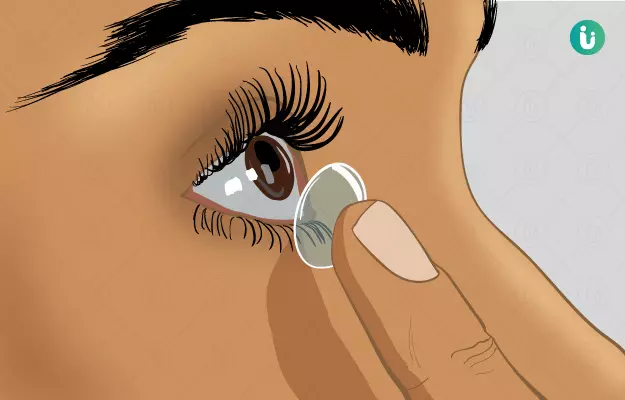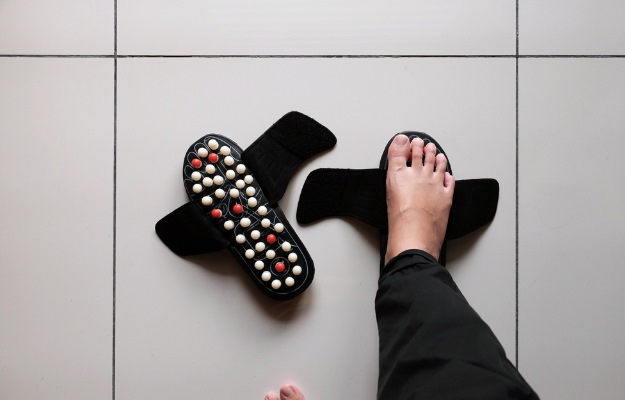Contact lenses, or simply contacts, are thin clear plastic discs that are placed on the surface of the eye (over the coloured portion of the eye – the iris) for correction of vision or other therapeutic and cosmetic purposes. The contact lenses placed on the surface of the eye float on the tear film covering the cornea (the outermost layer of the eyeball along with the sclera). There are different types of contact lenses that serve different purposes, are made of different materials and have varying intended duration of use. The most widely used contact lenses are those used as alternatives to spectacles to correct refractive errors.
When viewing an image, the light rays from the object travel through the layers of the eyeball and get bent, due to the inherent differences in refractive index, to converge at the retina. The retinal layer has sensory cells, rods and cones, that pick up and transmit the sensory input through the optic nerve to the visual cortex in the brain where the image is processed and vision is perceived. The eyeball has the property to elongate or shorten its shape and, thereby, its focal length in order to accommodate objects that are near or far. However, the power of accommodation of the eye is limited and the focal length cannot be altered beyond a certain point. Due to differences in eyeball shape or corneal surface irregularities, refractive errors arise. The most common refractive errors are:
- Myopia: Also known as nearsightedness, this makes it hard to focus on distant objects due to a longer effective focal length of the eyeball.
- Hypermetropia: Also called farsightedness, it occurs due to the overall shorter length of the eyeball. It is difficult to focus on closer objects and reading glasses may be needed.
- Astigmatism: Corneal surface irregularities result in distorted vision, which needs refractive error correction in a specific meridian.
- Presbyopia: With advancing age, the power of accommodation of the eye diminishes and problems arise with focusing on objects both near and far.




























